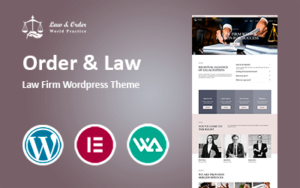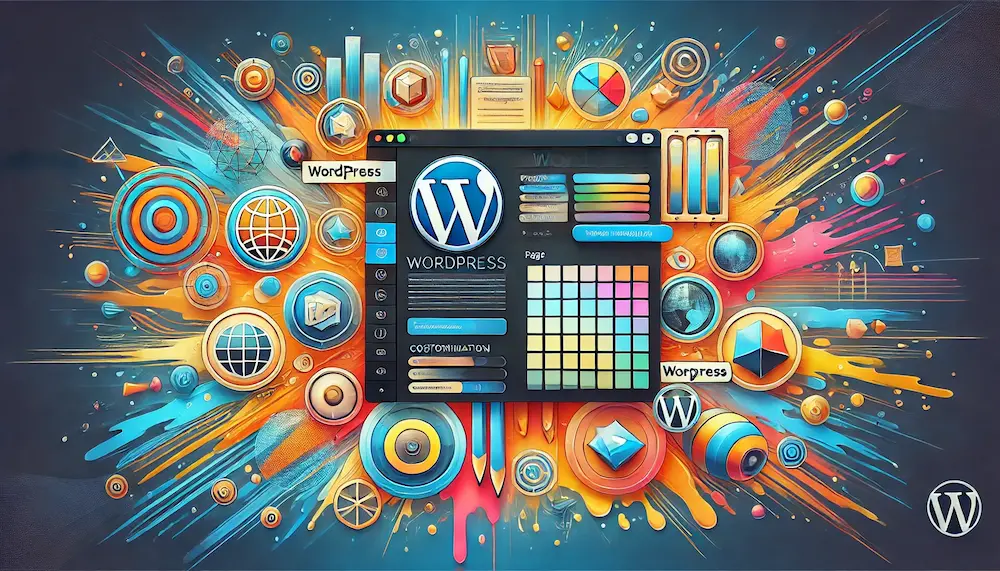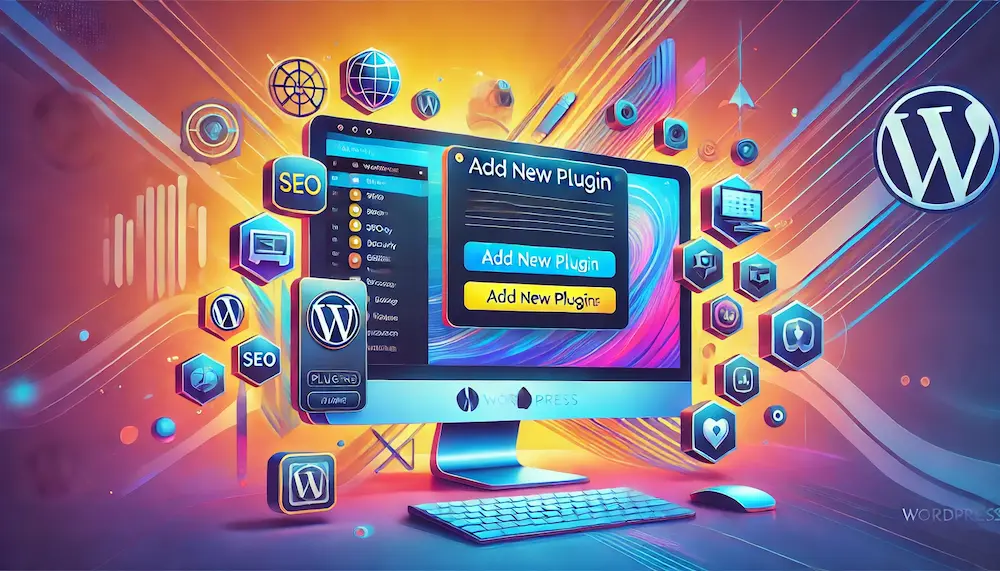The Best Template for Your E-Commerce Store

In the world of e-commerce, choosing the right template for your online store can make a significant difference in user experience and sales performance. A well-designed template enhances the shopping experience, builds trust, and drives conversions. In this article, we’ll guide you through the key factors to consider when selecting a template for your e-commerce store.
Essential Features for E-Commerce Templates
- Product Display Options: Look for templates that offer flexible product display options. Features such as grid or list views, image zoom, and product quick views can enhance the shopping experience. Ensure the template supports high-resolution product images and allows for easy customization of product layouts.
- Shopping Cart and Checkout: A streamlined shopping cart and checkout process are crucial for reducing cart abandonment and improving conversion rates. Choose a template that includes an intuitive shopping cart, a simplified checkout process, and multiple payment gateway integrations. Features such as guest checkout and progress indicators can also enhance the user experience.
- Mobile Responsiveness: With an increasing number of shoppers using mobile devices, it’s essential to choose a template that is fully responsive. The template should provide a seamless shopping experience across all devices, including smartphones and tablets. Test the template on various devices to ensure it maintains functionality and visual appeal.
- Search and Filtering Options: Advanced search and filtering options can help customers find products quickly and easily. Look for templates that offer robust search functionality, including autocomplete suggestions, and filtering options based on categories, price ranges, and attributes.
- Integration with E-Commerce Plugins: Many e-commerce platforms support plugins that extend functionality, such as inventory management, shipping, and marketing tools. Ensure the template is compatible with popular e-commerce plugins and extensions to enhance your store’s capabilities.
Customization and Branding
- Customizable Elements: Choose a template that allows for extensive customization to match your brand identity. Look for options to modify colors, fonts, and layouts. The ability to easily add branding elements, such as logos and custom headers, will help create a cohesive and professional appearance.
- Content Management: A template should support easy content management, allowing you to update product information, add promotions, and create engaging content without needing advanced technical skills. Look for templates with user-friendly content management systems or editors.
Testing and Performance
- Performance Optimization: A slow-loading website can negatively impact user experience and sales. Ensure the template is optimized for performance, including fast loading times and efficient code. Check for features such as image optimization and caching to improve site speed.
- Cross-Browser Compatibility: Test the template on various browsers to ensure compatibility and consistent performance. A template should provide a consistent experience across popular browsers such as Chrome, Firefox, Safari, and Edge.
Conclusion
Choosing the best template for your e-commerce store involves evaluating essential features, customization options, and performance aspects. By selecting a template with robust product display options, a streamlined checkout process, mobile responsiveness, and advanced search capabilities, you can create a successful and engaging online store.
Latest Posts
Tags
Our WordPress Themes

129,00 € Original price was: 129,00 €.99,00 €Current price is: 99,00 €.

64,00 € Original price was: 64,00 €.49,00 €Current price is: 49,00 €.
Share:






